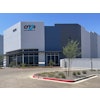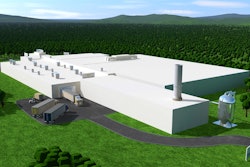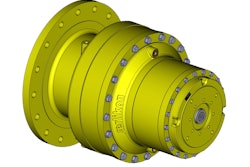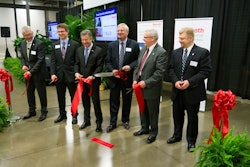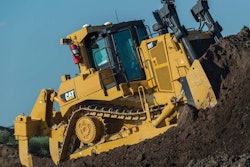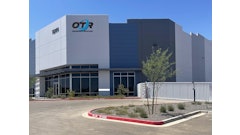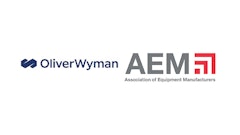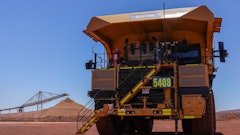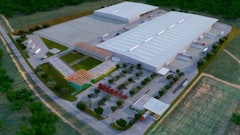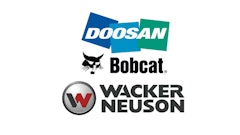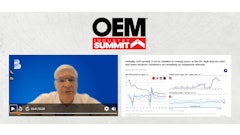Two main issues are driving the increased usage of natural gas as a fuel for trucks and buses: the lower cost of natural gas and the lower emissions of natural gas engines. The compressed natural gas (CNG) and liquefied natural gas (LNG) used in trucks and buses are priced well below diesel in most countries, which means fleets can benefit from a total cost of ownership that is lower than that for comparable diesel vehicles. On the emissions side, the reduced carbon dioxide and particulate matter is attractive to fleets and regulatory agencies for vehicles operating in congested cities.
Demand for natural gas trucks and buses remains uneven on a regional basis, though North America and Asia Pacific stand out as regions with strong growth. In North America, where natural gas costs remain low, the growth of the vehicle market has gotten ahead of the refueling station development. In Asia Pacific, China and developing markets are looking to natural gas to help solve environmental woes in large cities. Navigant Research forecasts that the total number of natural gas vehicles (NGVs) on the road across the world will reach nearly 1.9 million trucks and a similar 1.8 million buses by 2022.
The Navigant Research report analyzes the global market for trucks and buses that are in the medium-duty (10,000 to 26,000 lbs.) and heavy-duty (26,000 lbs. or more) gross vehicle weight classes. The study provides an analysis of related market issues and drivers, including refueling availability, competing alternative drive technology, total cost of ownership, vehicle availability, and government influence. Global market forecasts for vehicle sales, vehicles on the ground, and fuel used are broken out by segment, fuel type and region, and extend through 2022. The report also examines the key technologies related to natural gas storage on vehicles, as well as the competitive landscape.

